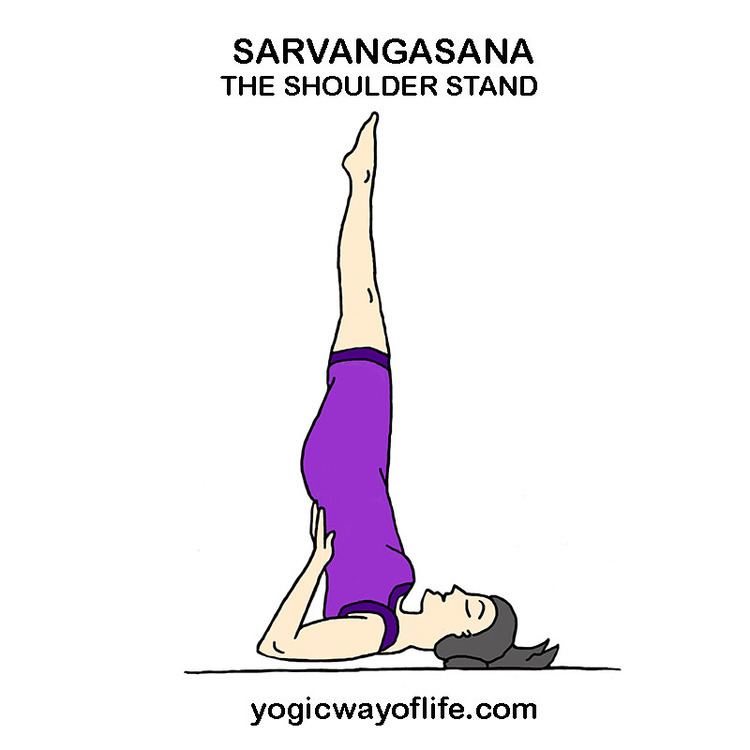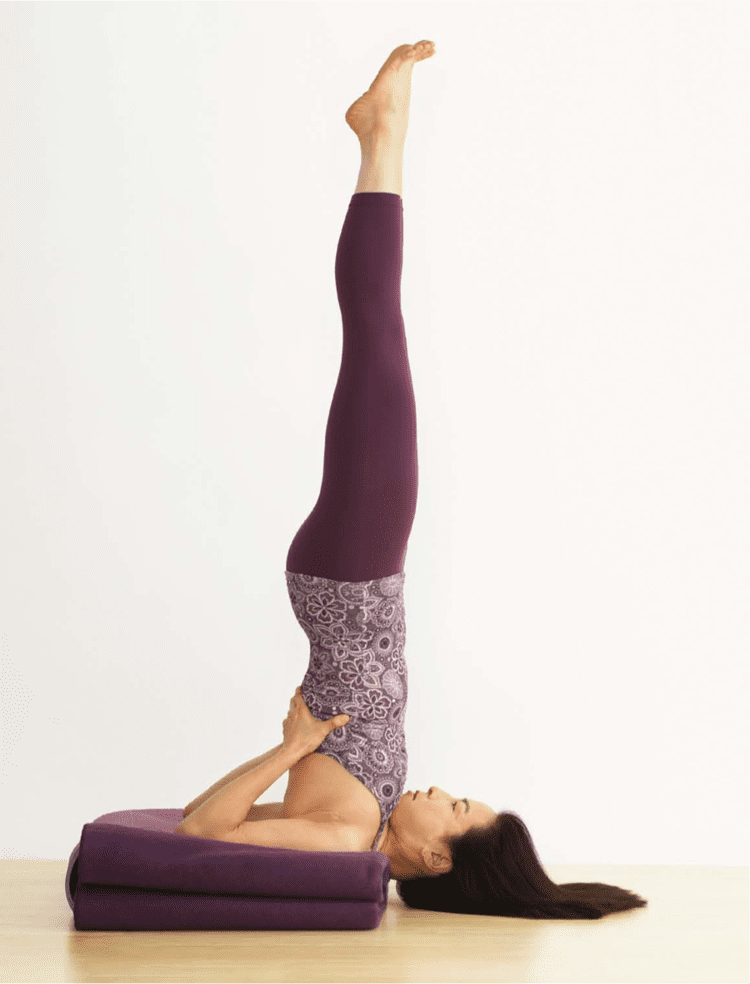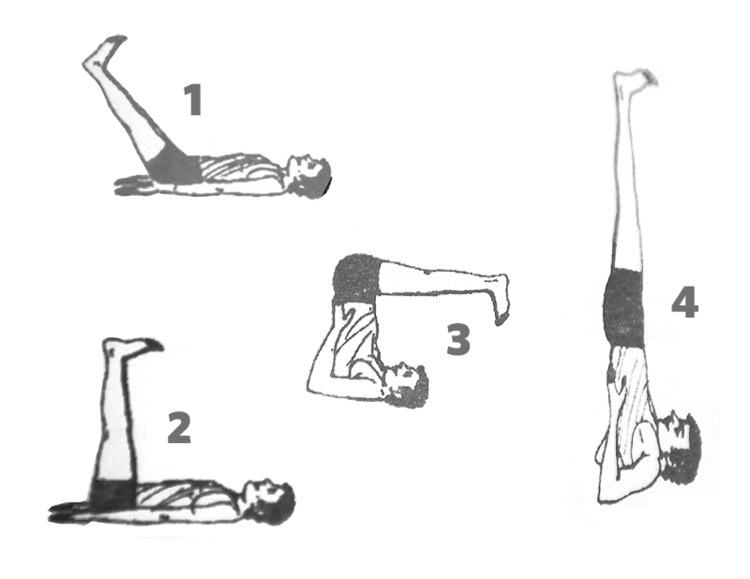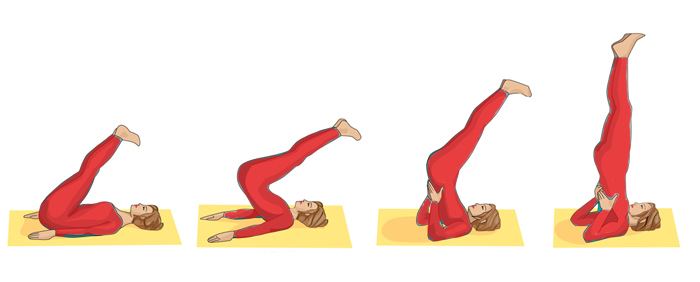Stretches Shoulder, Neck | Pose type Inversion | |
 | ||
Note Consult a doctor before beginning an exercise regime Preparatory poses Halasana, Virasana, Setu Bandha Sarvangasana Also known as Supported shoulderstand, Shoulderstand, Salamba sarvangasana Similar Halasana, Sirsasana, Dhanurasana, Bhujangasana, Matsyasana | ||
How to do shoulder stand sarvangasana pose in yoga
Sarvangasana (SAHR-vahn-GAH-sah-nah; Sanskrit: सर्वाङ्गासन; IAST: sarvāṅgāsana) or Shoulderstand is an āsana.
Contents
- How to do shoulder stand sarvangasana pose in yoga
- How to do yoga sarvangasana shoulder stand yoga pose
- Etymology
- Description
- Contraindications and cautions
- Sequentially related asanas
- References
Many variations of the Shoulderstand exist, the likely most common to be taught is Supported Shoulderstand (Salamba Sarvangāsana).
Sarvangāsana is nicknamed "queen" or "mother" of all the asanas.
How to do yoga sarvangasana shoulder stand yoga pose
Etymology

The name in the case of Salamba Sarvāngāsana (Supported Shoulderstand) comes from the Sanskrit words Salamba meaning "supported", Sarva meaning "all" or "every", Anga meaning "limb" or "bodypart", and Āsana meaning "posture"," position", or "seat", thus Salamba Sarvāngasana literally translates to "supported-all-limbs-pose".
Description

Lying on the back with the hands under the mid-back, the legs and lower body are lifted so that the weight of the body is supported on the head, neck, shoulders and upper arms. The gaze is towards the toes and the sagittal and transverse line of the head is perpendicular with the midsagittal and midfrontal line of the body.
Contraindications and cautions

The asana is contraindicated for high blood pressure, whiplash, menstruation, angina, and spinal weakness caused by conditions such as arthritis or osteoporosis.

The weight placed on the cervical spine may mean a risk of neck injury, particularly if the asana is not done properly.
Sequentially related asanas
Sarvangasana is a counter asana for backbends such as Chakrasana.
Halasana is often used to enter and exit Sarvangāsana.
Matsyasana is a counter asana.

